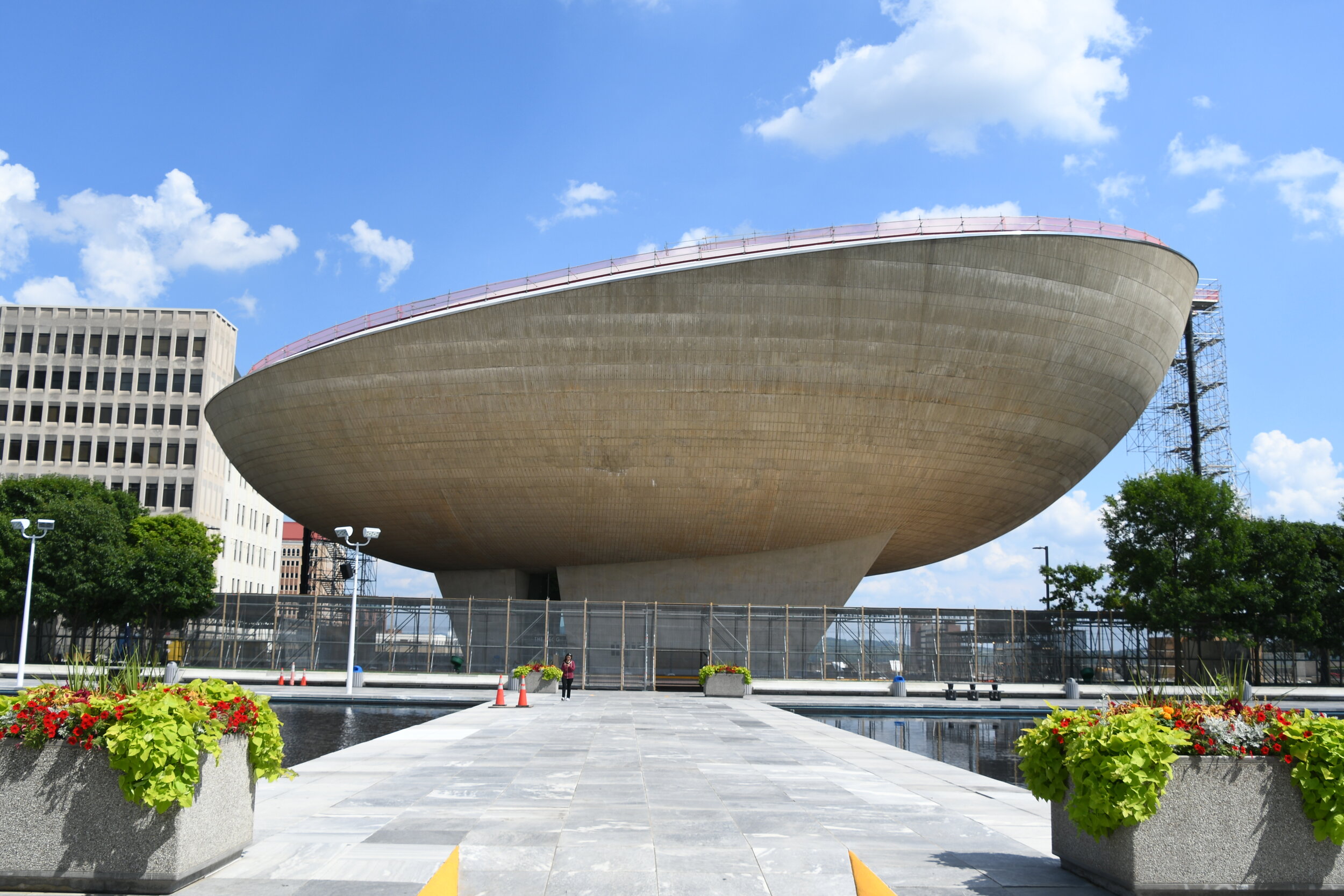Day 1 - Albany Rural Cemetery
/See the full #StaycationAlbany page and activities here
Located just outside of the City of Albany sits the Albany Rural Cemetery. This peaceful location spans over 400 acres, dates back to 1884, and is the final resting place of many historical and famed figures. It’s also a wonderful place to spend an afternoon, the winding paths lending themselves to a tranquil summer stroll with plenty to interest the eye. If you’re looking for somewhere close by to get away from it all, Albany Rural Cemetery certainly does the trick.
HISTORY
The Cemetery was established in 1884, during this time garden or rural cemeteries were becoming more common due to increased population in cities across the country. These types of cemeteries differed from what came previously, representing the changing attitudes towards death and mourning in general. In the rural cemetery, images and symbols inspired hope and offered a degree of respite, the rolling hills and fresh air creating a pastoral oasis for the countries growing city dwellers.
Since it’s consecration the Cemetery has continued to grow and change, but it has kept it’s character and continues to offer the public a pocket of nature to escape to when needed.
THINGS TO DO
Take a long walk or cycle around the cemetery. Follow the map below, or go wherever your feet take you.
Snap a photo of the beautiful Dalton Mausoleum, designed by noted architect Marcus T. Reynolds.
Stop by the 1899 Reynolds House and check out the beautiful architecture, including the ionic columns.
Search for a grave - maybe even a distant relative….
Stop by Schuyler Bakery afterwards for a sweet treat!
Remember to tag us and use the #StaycationAlbany hashtag!
Download a map of the cemetery here >>
Albany Rural Cemetery is open everyday 7am-7pm. For full details visit their website. Be sure to follow them in Facebook and if you’d like to donate to support the cemetery, you can do so through their website.
Dalton Mausoleum
Reynolds House
Albany Rural Cemetery









































